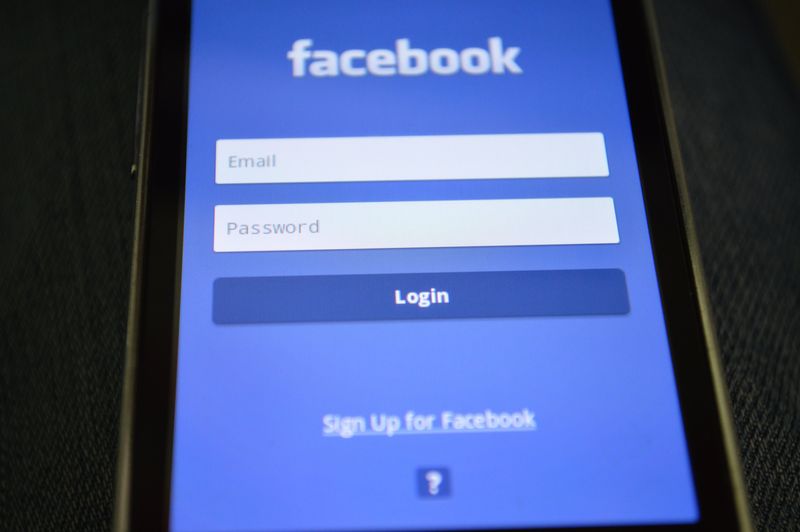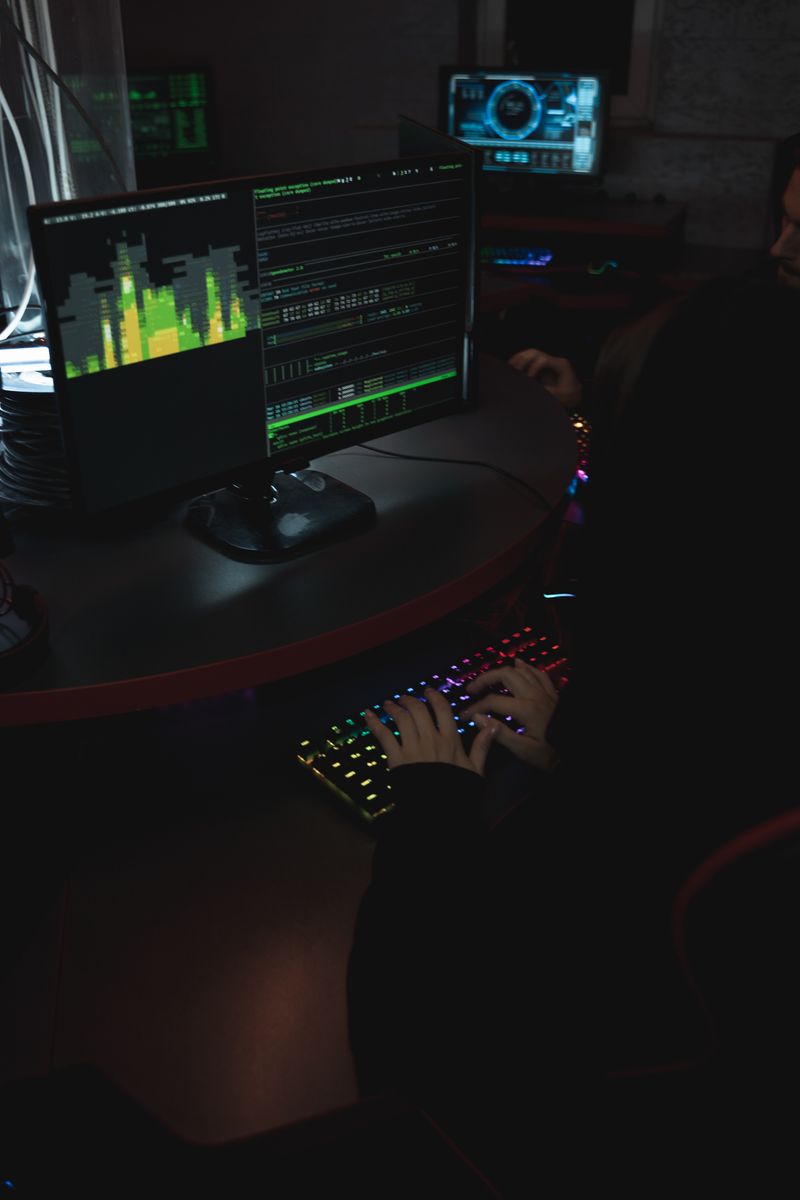Growing Cybersecurity Risk Amidst Economic Uncertainty
The Challenge of Cost Reductions and the Impact on Cybersecurity
Gartner’s projection of a 5.5% increase in worldwide IT spending this year is promising, but the looming possibility of an economic recession has put executives and business leaders in a difficult position. While cybersecurity programs have generally proven to be resilient in times of economic uncertainty, chief information security officers (CISOs) and security leaders are now facing pressure to tighten spending, demonstrate value for investments, and increase efficiencies.
This challenge comes at a time when cybersecurity vulnerabilities should be top concerns. However, a survey conducted by Hanover Research revealed that only 11% of respondents ranked cybersecurity as a top concern, despite economic disruption and a potential recession being cited as top risks by 47% of organizations. This risk disparity is concerning, especially considering the rising geopolitical tensions and the ransomware epidemic that the world is currently grappling with.
The Rising Threat of Ransomware
Ransomware has emerged as one of the most damaging forms of malware and a rapidly growing cybersecurity threat. According to Verizon’s “2023 Data Breach Investigations Report,” ransomware now accounts for one out of every four breaches, with incidents resulting in losses of $1 million to $2.25 million in 95% of cases. Unlike other types of malware, ransomware can cripple an organization within minutes, causing a ripple effect throughout society and the global economy.
Furthermore, while the number of publicly reported ransomware attacks may have dipped in 2022, the amount of individuals’ data exposed grew significantly, reaching nearly 115 million in 2022 from 49.8 million in 2021. Additionally, ransom demands in the business sector rose from $8.4 million in 2021 to $13.2 million in 2022. These figures highlight the severity of the ransomware threat and the need for proactive prevention.
The Need for Ransomware Prevention
In response to the alarming rise in ransomware attacks, the White House has classified ransomware as a threat to national security, public safety, and economic prosperity. However, government actions alone are not sufficient to combat this evolving threat landscape. Organizations must prioritize ransomware prevention and take a proactive approach to mitigate the risks.
Implementing a multilayered approach to IT security is crucial for CISOs and security leaders. One strategy to achieve this is by managing attack vectors using encrypted channels and employing preventive technologies that can intercept adversaries before they compromise networks. However, it is crucial to be aware that attackers are leveraging commonly adopted encryption standards, like SSL/TLS, to mask ransomware and evade detection.
Gaining Visibility into Encrypted Traffic
As nearly 90% of all internet traffic is now encrypted, cybercriminals can easily exploit cryptography to facilitate ransomware attacks. They leverage widely-used encryption methods for phishing attacks and infect legitimate websites with drive-by downloads. They also exploit browser vulnerabilities to infect encrypted entry points, making it challenging for organizations to detect and prevent these threats.
To effectively manage encrypted threats, organizations must prioritize gaining visibility into encrypted traffic. Decrypting, inspecting, and re-encrypting traffic, also known as SSL Inspection or Break and Inspect (BNI), is crucial for identifying and mitigating potential ransomware attacks. However, it is important to note that this capability remains exclusive to a small subset of security devices.
The Limitations of Security Devices and the Need for Optimization
With the increasing volume of SSL/TLS traffic, many security devices struggle to handle large-scale traffic decryption. This can result in oversubscribed services and points of failure, leading to a higher likelihood of infected traffic bypassing decryption. Consequently, the overall cost of ownership for security stacks can increase, and organizations may be left vulnerable to ransomware attacks.
To address these limitations, organizations should focus on optimizing their security investments. Combining robust decryption and orchestration of encrypted traffic with advanced threat-prevention technology that can proactively stop attacks is essential in staying ahead of cybercriminals during the ransomware crisis and potential global recession.
Editorial: Investing in Cybersecurity During Economic Uncertainty
As the possibility of an economic recession looms, businesses may be tempted to cut costs in various areas, including cybersecurity. However, the rising cyber threats, particularly ransomware, necessitate a strategic investment in cybersecurity even during uncertain times.
Ransomware attacks can have devastating consequences, not only for individual organizations but also for society and the global economy. The potential financial losses, the impact on public safety and national security, and the long-term reputational damage should serve as a wake-up call for business leaders to prioritize cybersecurity.
The Hanover Research survey’s findings, where only 11% of organizations considered cybersecurity a top concern despite economic disruption and recession being recognized as significant risks, highlight a worrisome disparity. Organizations must shift their mindset and recognize the urgent need to bolster their cybersecurity defenses.
Adopting a multilayered approach to IT security, along with continuously updating and optimizing security investments, will enable organizations to effectively combat ransomware attacks and other cybersecurity threats. Investing in technologies that provide visibility into encrypted traffic, such as SSL Inspection or Break and Inspect (BNI), is crucial for timely detection and prevention of ransomware attacks.
Furthermore, businesses need to understand that cybersecurity is not just an IT issue but a strategic imperative. It requires board-level engagement, and executives must recognize that the consequences of a cybersecurity breach can have far-reaching impacts on the organization’s overall operations, reputation, and bottom line. A proactive and well-funded cybersecurity strategy is the best defense against the growing cyber threats.
In conclusion, while economic uncertainty may necessitate cost reductions in various areas, organizations should not compromise on cybersecurity. The rising threat of ransomware, combined with geopolitical tensions and the potential for a global recession, demands a strategic investment in cybersecurity to protect not only individual organizations but also society as a whole.
Important advice: Organizations must prioritize ransomware prevention and invest in robust security technologies, such as SSL Inspection or Break and Inspect (BNI), to gain visibility into encrypted traffic. Furthermore, executives and board members need to recognize the strategic importance of cybersecurity and provide the necessary resources to effectively combat the growing cyber threats.

<< photo by Sara Kurfeß >>
The image is for illustrative purposes only and does not depict the actual situation.
You might want to read !
- The Impact of the Student Loan Breach: 2.5 Million Records Compromised
- The Art of Adaptation: Building Operational Resilience through Proactive Measures
- The Evolution of Keyloggers: From Cold War Espionage to Modern Cyber Threats
- Cisco Issues Critical Patch to Safeguard Emergency Responder Systems
- Rising Threats and Future Investments: Gartner Predicts 14% Surge in Global Security and Risk Management Spending by 2024
- FBI and CISA Collaborate to Warn About ‘Snatch’ Ransomware-as-a-Service: The Rising Threat
- The Rising Threat: Physical Consequences of Cyberattacks on Urban Infrastructure
- 23andMe Cyberbreach: Delving into the Implications of Exposed DNA Data and Potential Family Connections
- The Resilient QakBot: Unveiling the Ongoing Threat Activities
- Microsoft Unveils Growing Threat of Cyber Attacks Targeting Cloud Infrastructure




